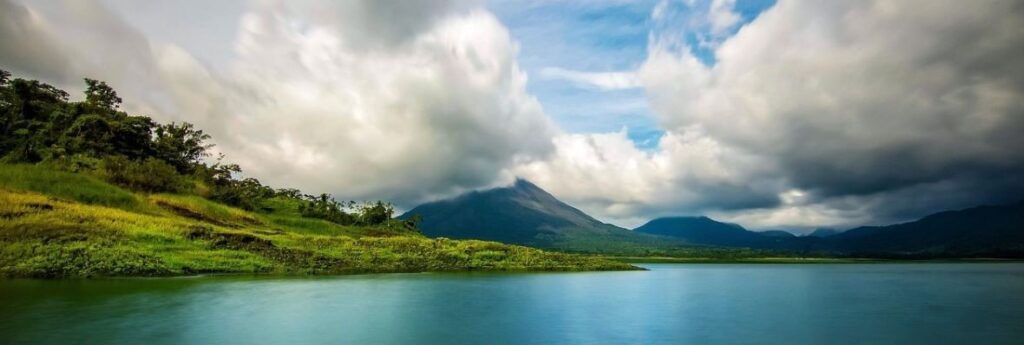Nestled between the Pacific Ocean and the Caribbean Sea, and boasting 12 distinct microclimates, Costa Rica provides visitors with a unique opportunity to explore lush rainforests, pristine beaches, and volcanic peaks.
Indeed, whether it’s basking in the sunshine on Pacific shore or venturing into the misty cloud forests of Monteverde, San Gerado de Dota or Miramar, there is a microclimate to suit every traveller’s taste. And by understanding these microclimates, visitors can plan their trips accordingly and make the most of their time in destination.
But what about “rainy season?”
Tropical rainfall is a way of life in Costa Rica, with many locals and expats alike re-thinking rain, and viewing it as an essential lifeline for their green, lush land. The green season spans from May to November. But while rainfall is more frequent during this time, it often occurs in short bursts that engulf travellers in a sensory experience like no other. From the rhythmic patter of raindrops on leaves to the sweet aroma of tropical flowers, every moment becomes a feast for the senses, and everything becomes more vibrant.
During the rainy season, travellers can embrace the rain by participating in activities such as whitewater rafting, canyoning, and rainforest hikes. Many tour operators offer specialized rainforest tours that allow visitors to appreciate the unique ecosystem that thrives during this time. It’s also a great opportunity to explore the country’s incredible network of rivers and waterways, which come alive during the wetter months. The lush foliage and colourful landscapes make the green season a beautiful time to visit, especially for nature enthusiasts and wildlife lovers.
Making up 82% of the province of Heredia, Sarapiqui is a rural area of protected ecosystems and home to more than 500 species of birds, 122 species of mammals, and over 100 species of reptiles. Among these species are quetzales, toucans, tapirs, pumas, white-face monkeys, and anteaters. The vegetation of the area is green and lush, with over 800 species of trees and more than 6000 species of vascular plants.
“Rainy season” is also a great time to experience the country’s national parks and iconic waterfalls in all their glory. In the South Pacific, humpback whales from the Antarctic migrate to Marino Ballena National Park from mid-July to October, and travellers can watch pods of whales bask in the warm waters from local beaches, or take a guided boat tour with a knowledgeable local expert.
In Costa Rica, rain is not a hindrance – it’s simply an invitation to immerse oneself in nature’s wonders, and making the Costa Rica a year-round destination.

